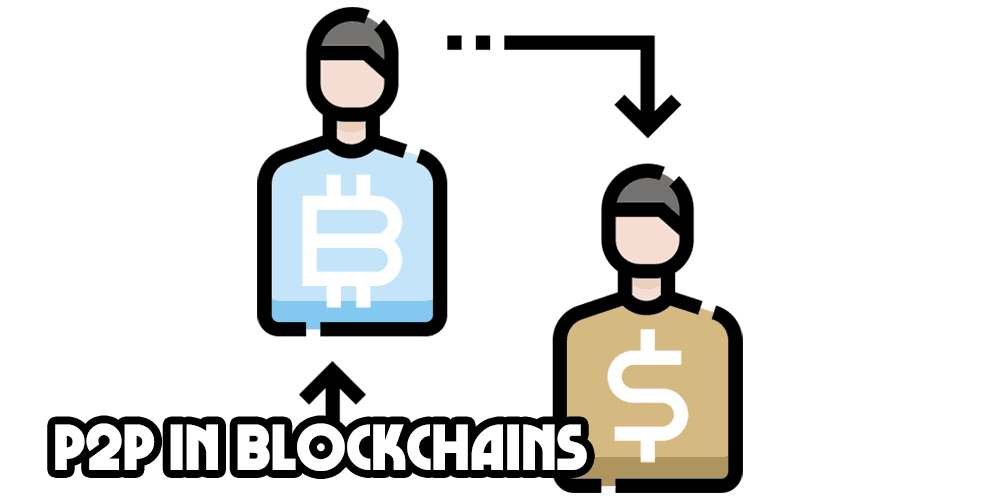In the field of computer science, a peer-to-peer (P2P) network is made up of a collection of devices that work together to store and exchange files. Each device, known as a node, functions as an independent peer. Generally, all nodes have equal capabilities and carry out identical tasks. – What is P2P in blockchains?
In the world of financial technology, the phrase peer-to-peer typically means the trading of cryptocurrencies or digital assets through a network. A P2P platform enables buyers and sellers to make transactions without any middlemen. Occasionally, websites may also offer a P2P setting that connects lenders and borrowers.
How does P2P work?
Essentially, a P2P system is run by a decentralized group of users. There is no central administrator or server since each node stores files and functions as both a client and a server to other nodes. This allows nodes to share and receive files among each other, setting P2P networks apart from client-server systems where files are downloaded from a central server.
P2P networks allow devices to share files stored on their hard drives. Users can use software to search for and download files from other devices on the network. After downloading a file, users can also share it with others.
In other words, when a node acts as a client, it downloads files from other network nodes. However, when it acts as a server, it becomes the source from which other nodes can download files. In practice, both functions can be performed simultaneously, such as downloading file A and uploading file B.
As the number of users increases, P2P networks become faster and more efficient because each node stores, transmits, and receives files. Additionally, P2P systems are highly resistant to cyberattacks due to their distributed architecture. Unlike traditional models, P2P networks do not have a single point of failure.
Peer-to-peer systems can be classified based on their architecture into three main types: unstructured, structured, and hybrid P2P networks.
Pros
- Lower Fees
- Enhanced Privacy
- Greater Control
- Wider Payment Options
- Potential for Faster Transactions
Cons
- Higher Risk of Fraud
- Lower Liquidity
- Slower Transaction Speeds
- Limited Customer Support
- Not Completely Anonymous
Conclusion
P2P architecture can be utilized in various ways and is essential for enabling cryptocurrencies through blockchains. It ensures security, decentralization, and resistance to censorship by distributing transaction ledgers across extensive networks of nodes.
P2P systems have various applications apart from their role in blockchain technology. They can be utilized in different distributed computing scenarios, such as file-sharing networks and energy trading platforms.
